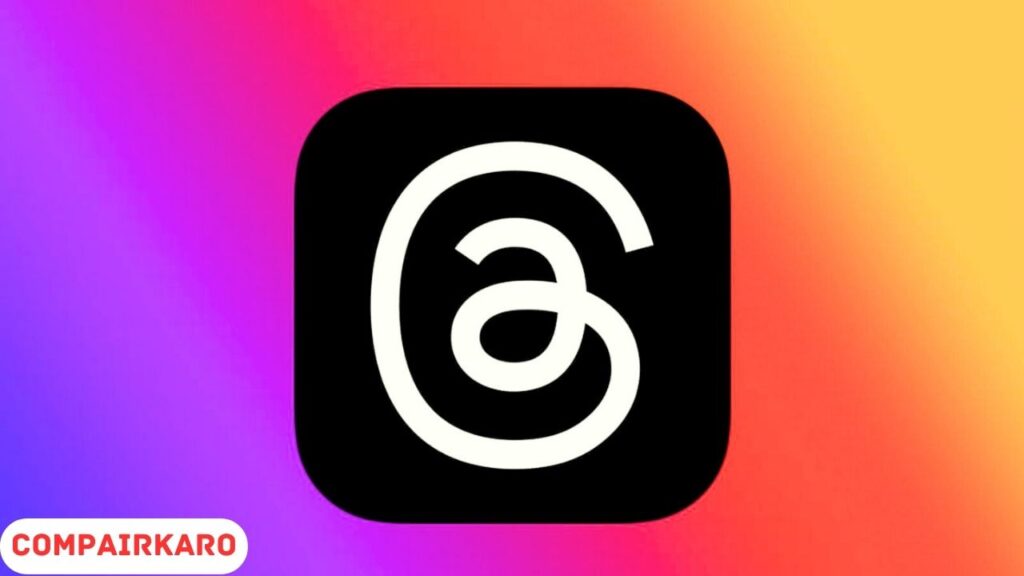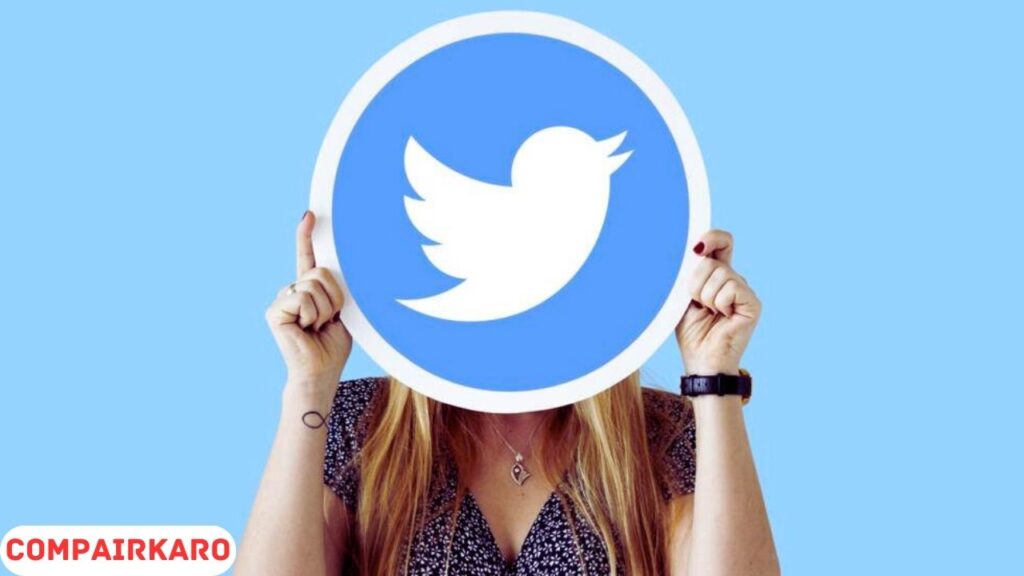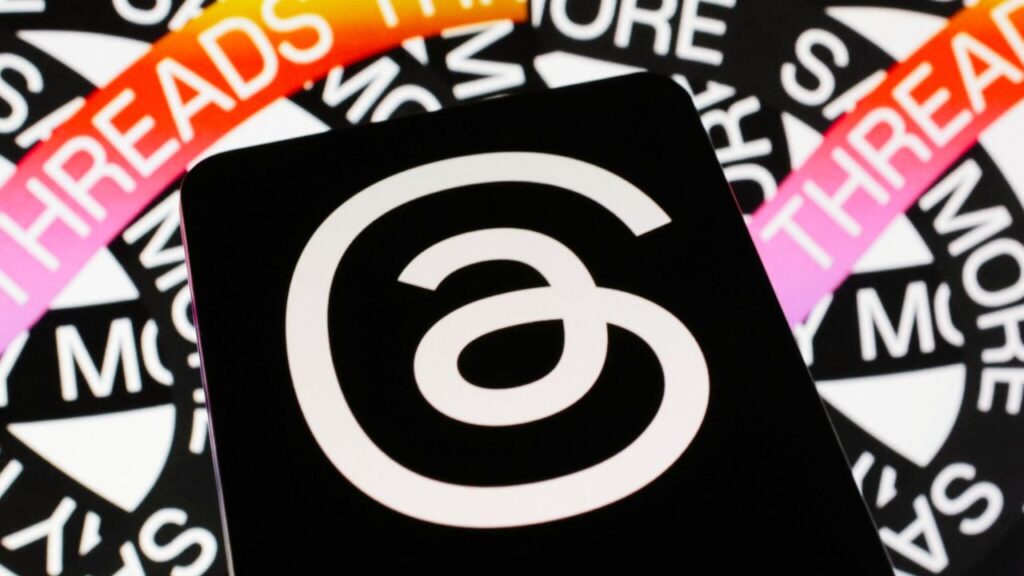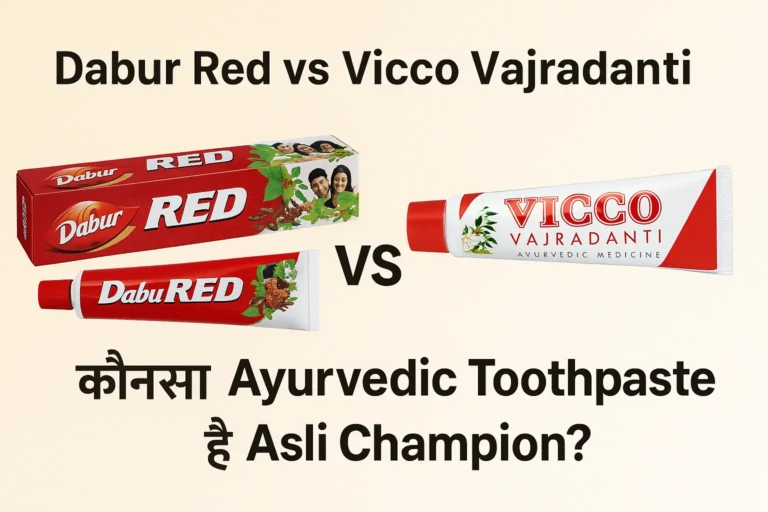In the dynamic realm of social media platforms, where attention spans are fleeting and information is consumed at lightning speed, two contenders have emerged as powerhouses: Twitter and threads. These platforms offer distinct approaches to content sharing, engagement, and storytelling. In this comprehensive comparison, we will delve deep into the world of microblogging to help you make an informed decision about which platform best aligns with your communication goals.
Comparison Table Among Both :
NAMES | Threads | |
LAUNCHED | 21 March, 2006 | 5 July, 2023 |
CEO | Linda Yaccarino | Rousseau Kazi |
PLATFORM | Online | Online |
POPULARITY | Worldwide | Worldwide |
BRAND VALUE | $4 billion (approx) | – |
MONTHLY USERS | 450 million (approx) | 120 million (approx) |
Introduction (Twitter vs Threads)
Twitter vs Threads. In the era of bite-sized information and rapid online interactions, Twitter and threads stand as exemplars of modern microblogging. While both platforms cater to the sharing of succinct content, they do so with unique twists that warrant an in-depth comparison. Let’s explore the nuances of Twitter and threads and how they shape our digital discourse.
User Interface and Accessibility
The allure of Twitter lies in its minimalist interface, a canvas that encourages users to craft their thoughts within the confines of a character limit. Threads, on the other hand, open up a world of possibilities by allowing users to link multiple tweets together, forming a continuous stream of information.

Content Structure
In the realm of content structure, Twitter champions brevity. It prompts users to distill their messages into bite-sized nuggets, enabling rapid consumption. Threads, in contrast, provide a more extensive canvas where users can weave together a tapestry of tweets to present comprehensive insights, detailed narratives, or step-by-step guides.
Engagement and Interaction
Both platforms are fertile ground for engagement, with users being able to express their appreciation through likes, retweets (on Twitter), and comments. Threads, however, usher in a new level of interaction. Users can respond to specific points within the content, fostering deeper discussions and more interactive conversations.

Ease of Use
The allure of Twitter’s simplicity lies in its ability to accommodate quick updates and on-the-go thoughts. Threads, while rewarding in their potential, require more careful planning and organization, making them a choice for users who value structured and interconnected content.
Organic Reach and Visibility
Twitter’s massive user base ensures that individual tweets can swiftly reach a wide audience. Threads, with their connected nature, can enhance visibility by keeping related content linked together, increasing the likelihood of extended exposure.
Visual Appeal
In the battle of visual appeal, threads emerge as the victors. The inclusion of images, GIFs, and videos within threads elevates the visual experience, creating an immersive journey for readers. Twitter, while not devoid of visual appeal, lacks the immersive potential of threads.

Conversational Depth
Threads redefine the boundaries of conversational depth. By dissecting complex topics into manageable segments, they enable users to explore subjects in greater detail. Twitter’s character limit sometimes curtails the potential for comprehensive conversations.
Narrative Flow
Threads are designed for a seamless narrative flow. Each tweet builds upon the previous one, creating a cohesive reading experience. On Twitter, where brevity is paramount, crafting a coherent narrative demands skillful storytelling within limited characters.
Discoverability
Twitter’s hashtags and retweets amplify discoverability, enabling users to find and engage with a diverse range of content. Threads, however, depend on captivating headlines and initial tweets to captivate users’ interest and encourage them to delve deeper.

Managing Complexity
When it comes to presenting complex ideas, threads take the lead. They provide a structured canvas for breaking down intricate concepts, making them accessible to a broader audience. Twitter, with its character limitation, is more suitable for delivering quick updates and simple thoughts.
Community Building
Threads excel in community building, fostering connections through extended interactions. The ability to engage in deeper conversations around a central theme brings users closer together. Twitter, with its brevity, sometimes hinders the formation of profound connections.
People also Reads :- Youtube Vs Instagram
Effective Communication
Threads offer a comprehensive platform for effective communication. They cater to thought leadership, detailed explanations, and step-by-step guides. Twitter’s forte lies in rapid news dissemination and concise updates that quickly capture attention.

Analytical Insights
Both platforms offer analytical insights into user engagement and reach. However, threads provide a unique advantage. They allow users to gauge how audiences interact with different segments of content within the thread, offering more granular insights.
Conclusion
In the ongoing Twitter vs. threads debate, the choice isn’t clear-cut. Each platform possesses distinct strengths and weaknesses, catering to diverse communication styles and objectives. If you prioritize brevity, rapid updates, and concise interactions, Twitter holds the reins. On the other hand, if you lean towards in-depth narratives, interactive conversations, and a visually immersive experience, threads present an appealing alternative. The choice ultimately hinges on your communication goals and the nature of content you wish to share.
Can I use both platforms for different purposes?
Certainly! Tailoring your content to each platform’s strengths can optimize your communication strategy.
Which platform is better for marketing products?
While Twitter’s broader reach can amplify product visibility, threads offer the space to provide comprehensive product information.
Are threads more time-consuming to create?
Threads demand more meticulous planning and content organization, making them a more time-intensive endeavor.
Do threads receive more engagement than individual tweets?
Threads often stimulate deeper engagement due to the interconnected nature of the content. However, engagement levels can vary.
Can I use threads for storytelling?
Absolutely! Threads offer a sequential format that’s ideal for sharing narratives, unfolding stories, and presenting content in a compelling order.




